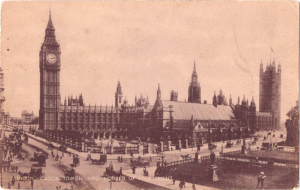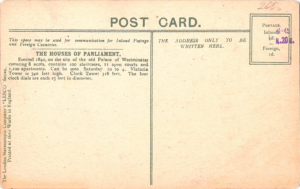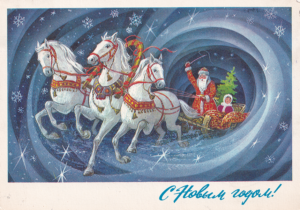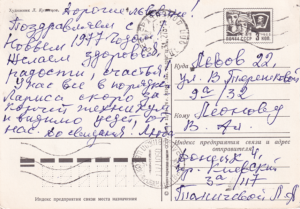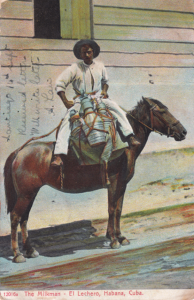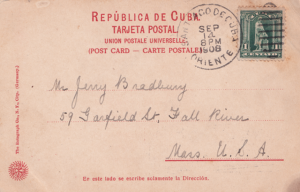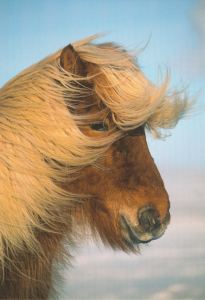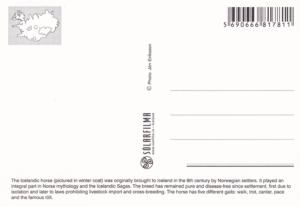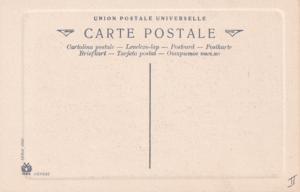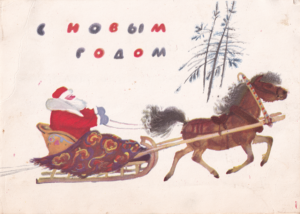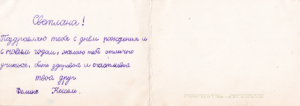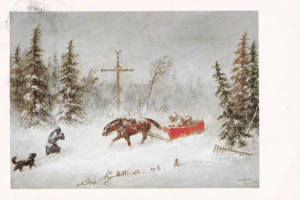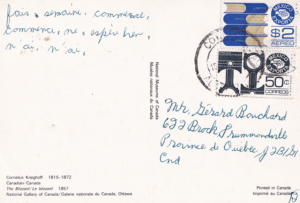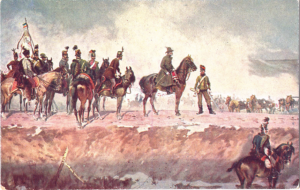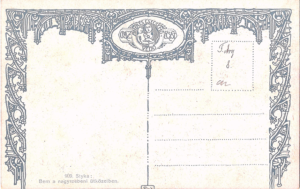The festive outfit in Samarkand

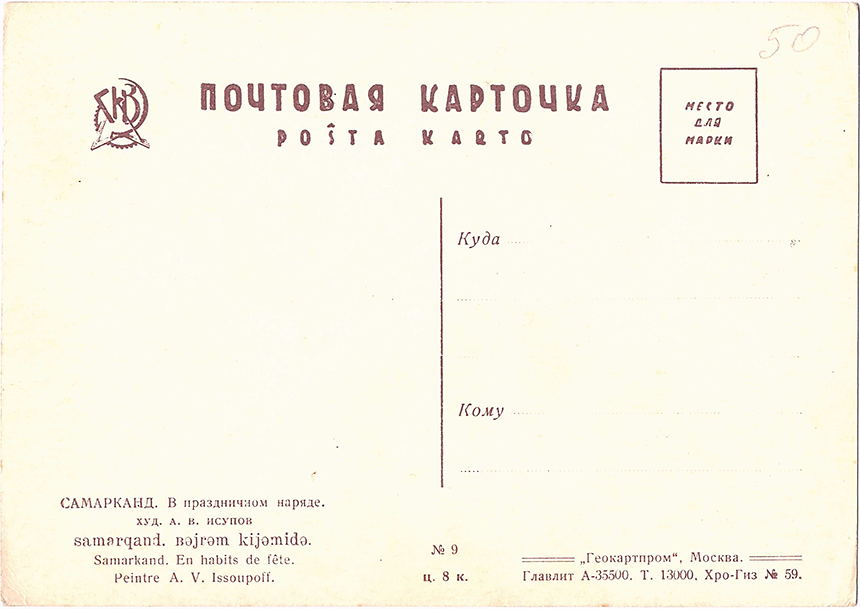
Reverse side of the postcard.
More information
The festive outfit in Samarkand
Traditional clothing from that region is often associated with vibrant colors, intricate embroidery, and a distinct style. Uzbek traditional attire varies depending on the occasion and the region within Uzbekistan, but here are some general characteristics:
The traditional robe worn by men is called a "chapan" or "kurta." It is usually made of silk or cotton and can be adorned with decorative embroidery, particularly around the collar, cuffs, and front opening. Men may also wear loose-fitting pants known as "shalwar" or "uzbeki."
The traditional dress for women is called a "uzbeki" or "robe." It typically consists of a loose-fitting, long-sleeved tunic or dress, often made of silk or cotton. The dress can be brightly colored and decorated with intricate embroidery, beads, and mirror work. Women may also wear loose trousers called "parandja" or "shalwar."
Both men and women often wear various accessories to complement their outfits, such as traditional caps, belts, and colorful scarves.
These descriptions provide a general overview, but it's important to note that Uzbek traditional attire can vary within different regions and communities. The clothing reflects the vibrant cultural heritage and craftsmanship of Uzbekistan and adds to the festive atmosphere during special occasions and celebrations.
Object data
Title
The festive outfit in Samarkand
Artist
A. Isupov.
Founder
"Geocartprom", Moscow.
Date
1932.
Culture
Uzbekistan.
Classification
Postcard.

